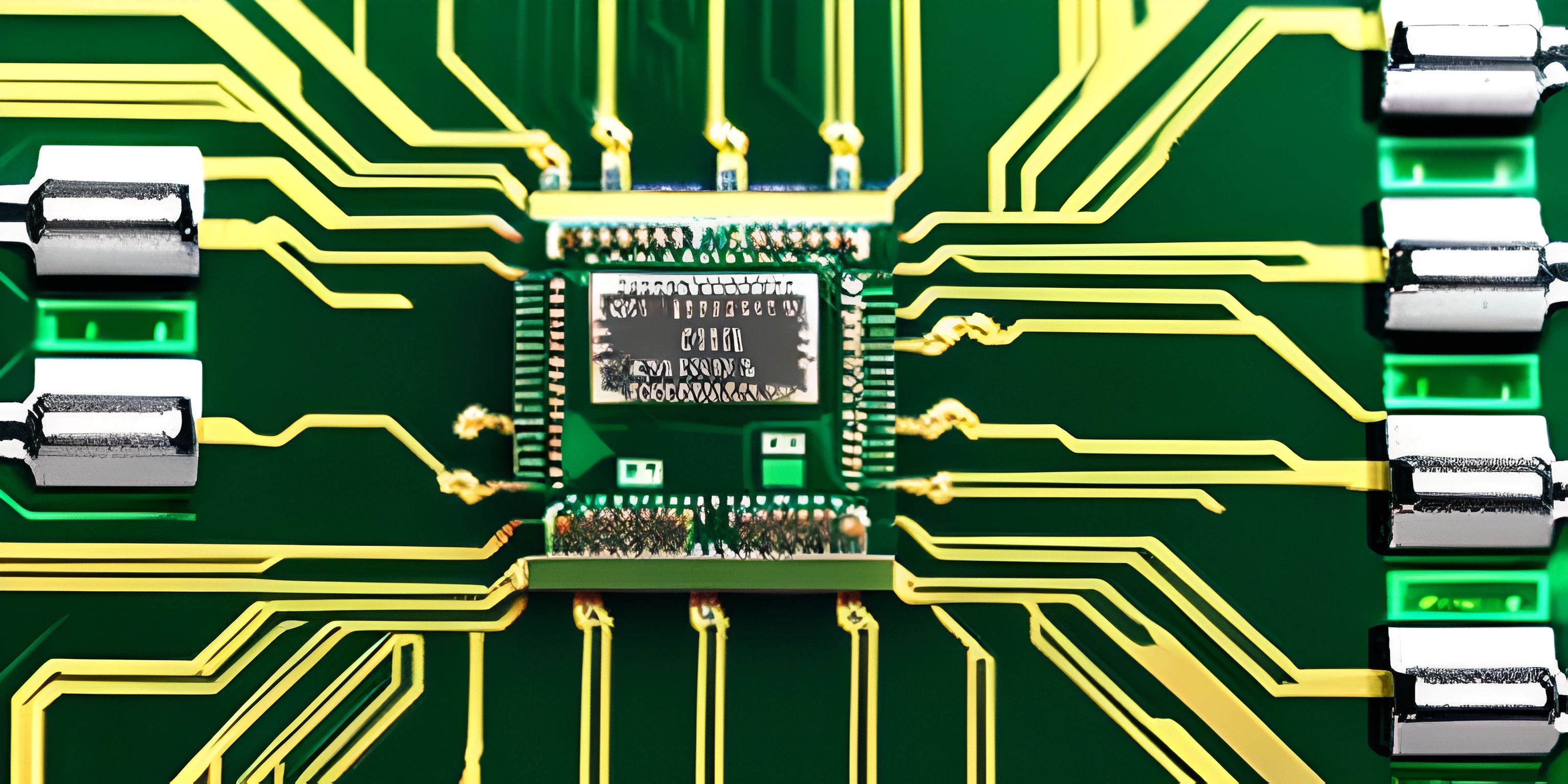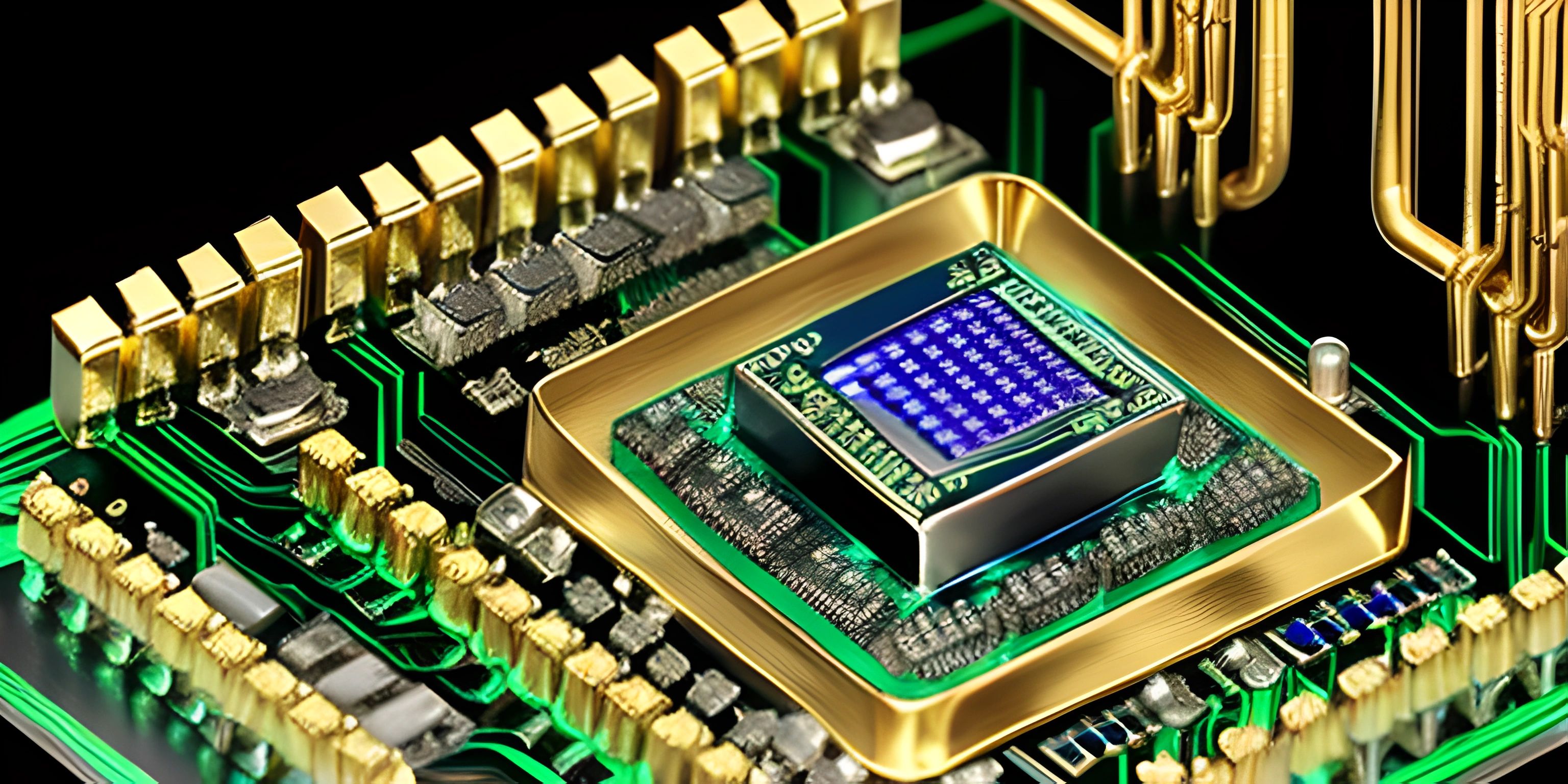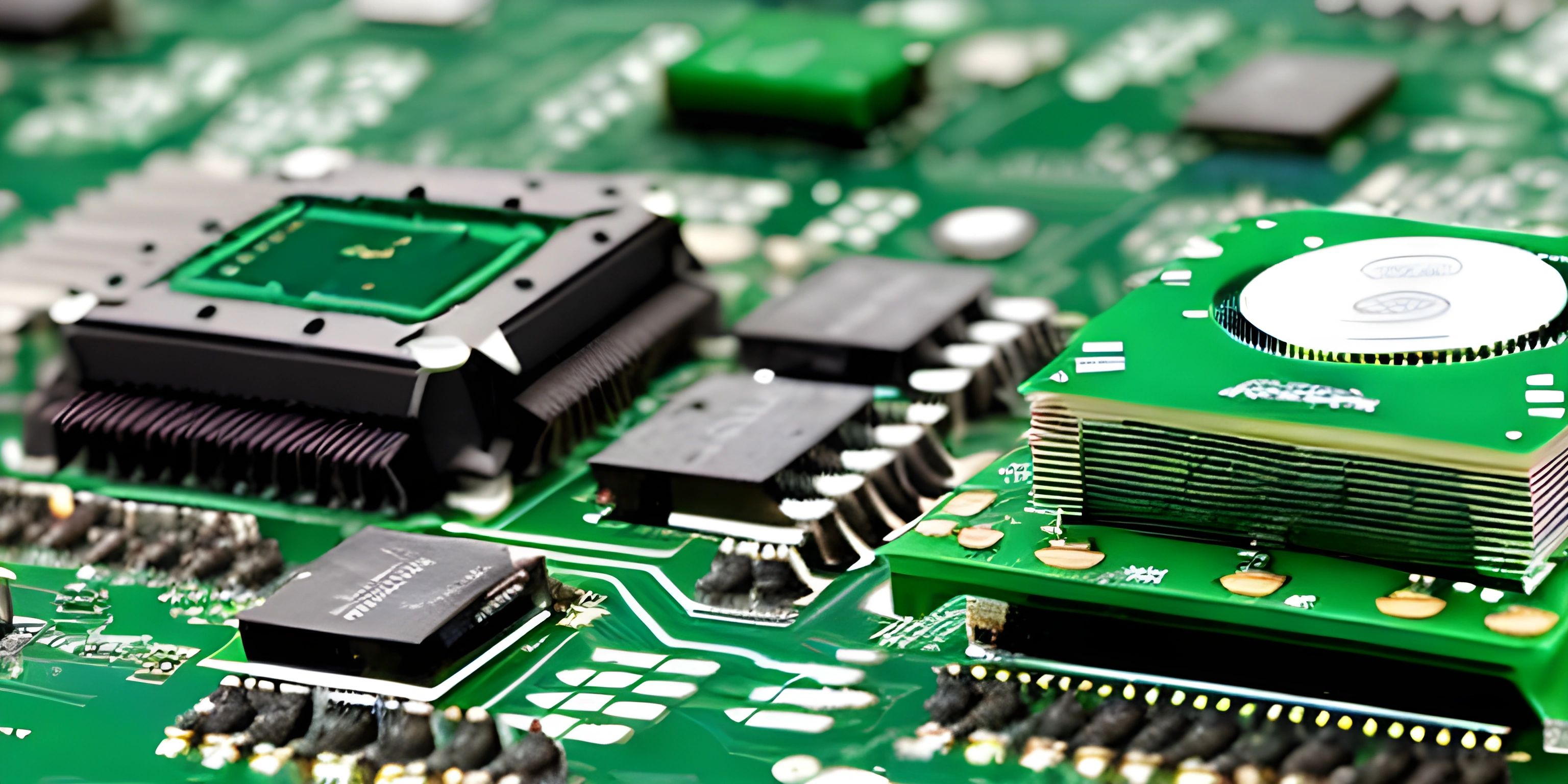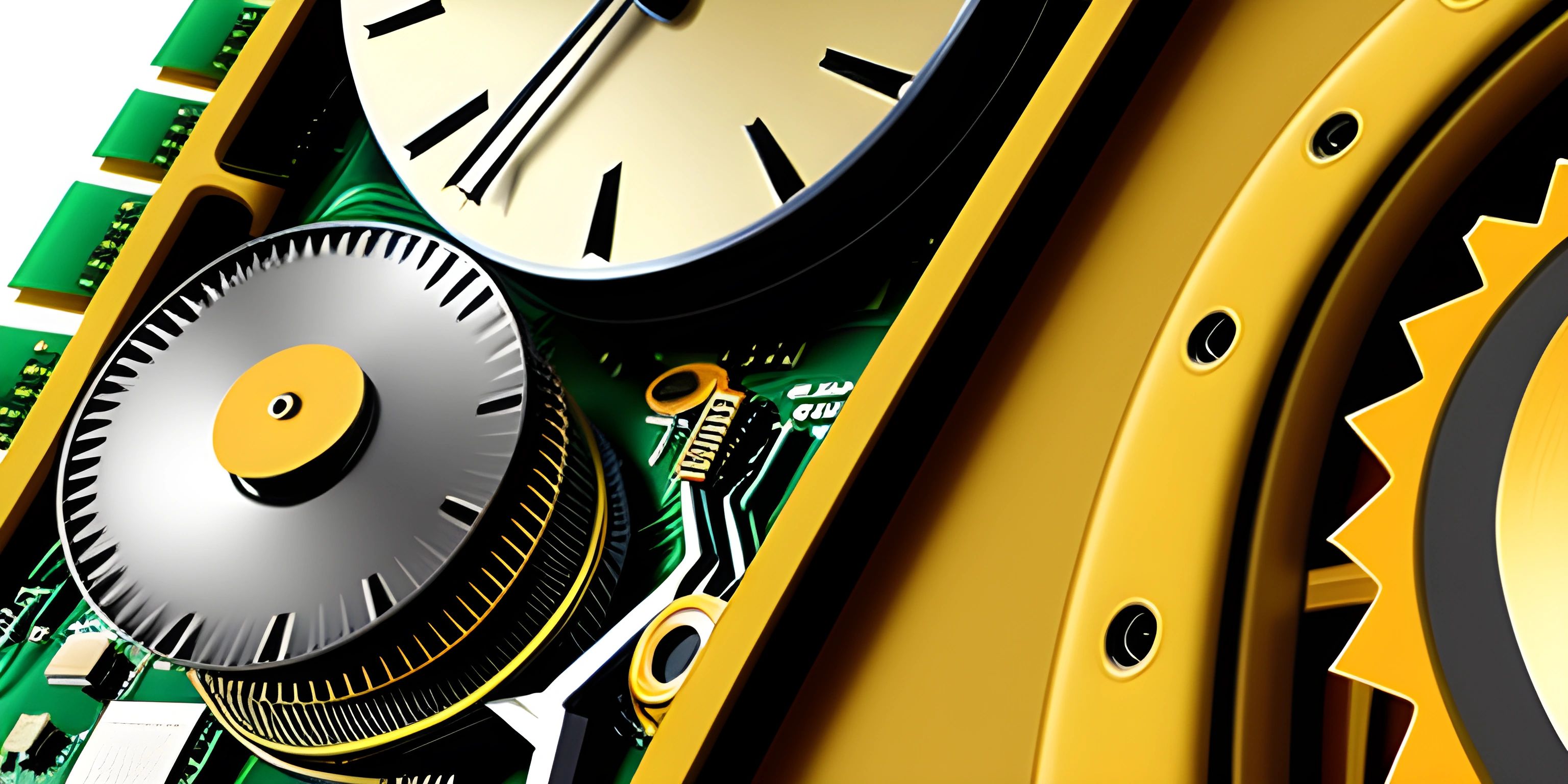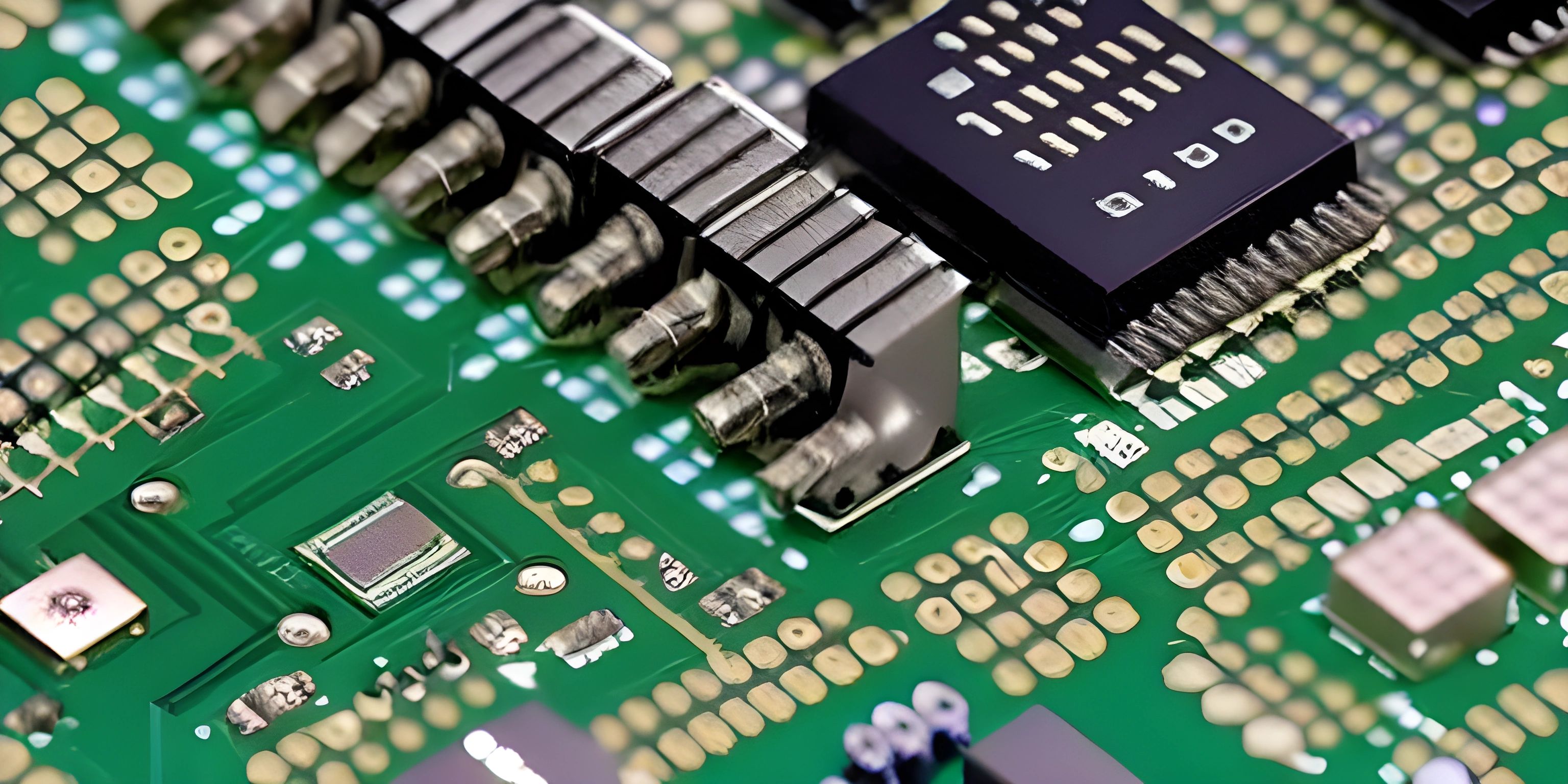Understanding ARM Processors
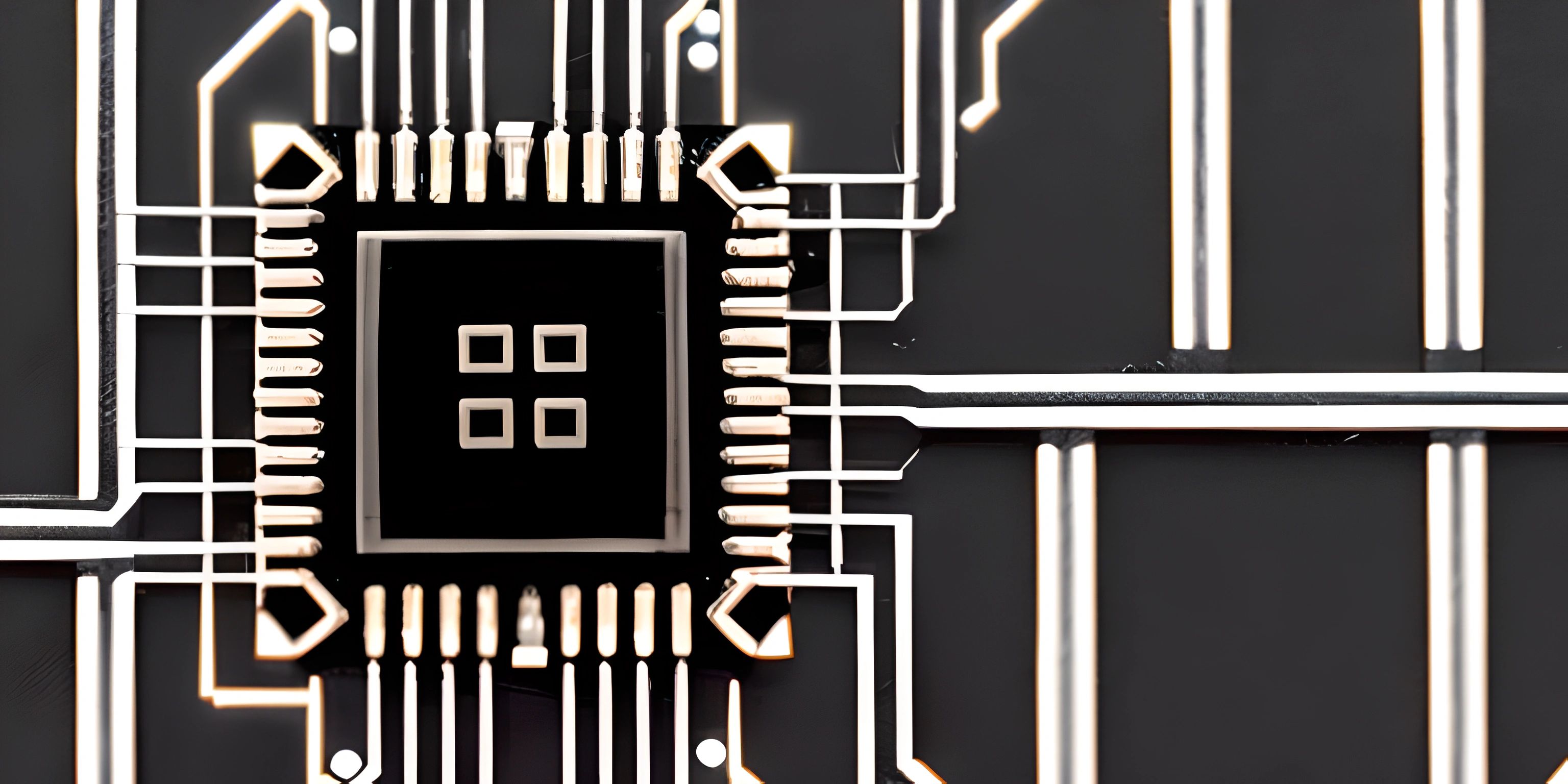
Note: this page has been created with the use of AI. Please take caution, and note that the content of this page does not necessarily reflect the opinion of Cratecode.
ARM processors are everywhere, from smartphones to smart home devices, and they have become the go-to choice for energy-efficient and high-performance computing. But, what exactly are ARM processors, and what makes them different from other processor types?
ARM: The Basics
ARM stands for Advanced RISC Machine, which gives us a hint about its architecture. RISC, or Reduced Instruction Set Computer, is a design philosophy that focuses on simplifying instructions to allow for faster execution. The idea is to execute more instructions per cycle, which can improve overall performance.
ARM processors are designed by ARM Holdings, a company that licenses their designs to various manufacturers. This business model means that there are many different ARM-based processors on the market, each tailored to specific needs.
ARM Architecture: RISC at Its Core
The main feature of the ARM architecture is its emphasis on the RISC design philosophy. Unlike Complex Instruction Set Computers (CISC) such as x86 processors, ARM processors have a smaller set of simple instructions. This allows them to process more instructions per clock cycle, which can lead to better performance.
In addition to the simpler instruction set, ARM processors have other features that set them apart:
-
Load-store architecture: ARM processors only perform arithmetic and logic operations between registers, not directly with memory. This means that data must be loaded into a register before it can be manipulated, and then stored back to memory.
-
Registers: ARM processors have a larger number of general-purpose registers compared to CISC processors. More registers enable the CPU to keep more data on-chip, which can help reduce the need for slower memory access.
-
Conditional execution: ARM instructions can include a condition code, allowing the processor to execute a specific instruction only if a certain condition is met. This can help reduce the number of branches in the code, improving performance.
ARM vs. Others: Key Differences
While ARM processors share some similarities with other processor types, there are a few notable differences:
-
Power efficiency: One of ARM's biggest advantages is its power efficiency. ARM processors are designed to consume less power, making them ideal for mobile and battery-powered devices.
-
Licensing model: Unlike Intel or AMD, ARM Holdings does not manufacture processors. Instead, they license their designs to other companies, which can then customize the processor to their specific needs. This has led to a diverse ecosystem of ARM-based processors.
-
Performance: While ARM processors can offer excellent performance, especially in power-constrained environments, they may not always match the raw performance of x86 processors in certain tasks. That said, the gap has been closing with the introduction of high-performance ARM designs.
ARM in the Real World
ARM processors are found in a wide range of devices, from smartphones and tablets to servers and networking equipment. Some notable examples include:
-
Apple's M1 chip: Apple's M1 processor, used in their latest MacBooks and iMacs, is a custom ARM-based design that has received rave reviews for its performance and efficiency.
-
Raspberry Pi: The popular single-board computer, Raspberry Pi, uses ARM processors to deliver impressive performance in a tiny, affordable package.
-
Smartphones: Most smartphones, including those from Apple, Samsung, and Google, are powered by ARM-based processors.
In conclusion, ARM processors offer a compelling combination of power efficiency, customizability, and performance, making them a popular choice across a wide range of industries and applications. As technology continues to advance and ARM designs become even more powerful, it's likely that we'll see even more devices powered by these versatile processors.
Hey there! Want to learn more? Cratecode is an online learning platform that lets you forge your own path. Click here to check out a lesson: Async Rust (psst, it's free!).
FAQ
What is an ARM processor and what makes it unique?
ARM (Advanced RISC Machines) processors are a family of low-power, high-performance microprocessors based on Reduced Instruction Set Computing (RISC) architecture. They are widely used in mobile devices, IoT gadgets, and embedded systems due to their energy efficiency and small form factor. ARM processors differ from other processor types, like Intel's x86, by focusing on simplicity with fewer, more straightforward instructions that can execute faster and consume less power.
How does the architecture of ARM processors differ from other processors?
ARM processors use RISC (Reduced Instruction Set Computer) architecture, which focuses on reducing the complexity of instructions and increasing the speed of execution. This is in contrast to Complex Instruction Set Computing (CISC) architectures, like Intel's x86, which have a larger set of more complex instructions. RISC architectures generally have a smaller number of instructions that are executed in fewer clock cycles, enabling faster and more efficient processing.
What are some common applications of ARM processors?
ARM processors are popular in a wide range of applications due to their low power consumption and high performance. Some common applications include:
- Smartphones and tablets
- IoT devices (smart home devices, wearables, etc.)
- Embedded systems (automotive systems, industrial automation, etc.)
- Single-board computers (like Raspberry Pi)
- Microcontroller-based projects (Arduino, STM32, etc.)
Can I run traditional desktop software on an ARM processor?
Running traditional desktop software on ARM processors can be challenging because most desktop applications are designed for x86 architecture. However, several operating systems and applications have been ported to ARM, allowing them to run on devices with ARM processors. This includes Linux distributions, Android, and even Windows 10 on ARM (with some limitations). Additionally, developers can create cross-platform software using tools and frameworks that support both x86 and ARM architectures.
Are ARM processors suitable for high-performance computing tasks?
While ARM processors are known for their low power consumption and efficient processing, they have also made significant strides in high-performance computing (HPC). Many ARM-based processors now feature multi-core designs and high-performance GPUs, enabling them to handle demanding tasks like machine learning and AI. ARM processors have also started to appear in supercomputers and data centers, showcasing their potential in HPC applications. However, for some specific tasks or applications, x86 or other processor architectures may still be preferable.

